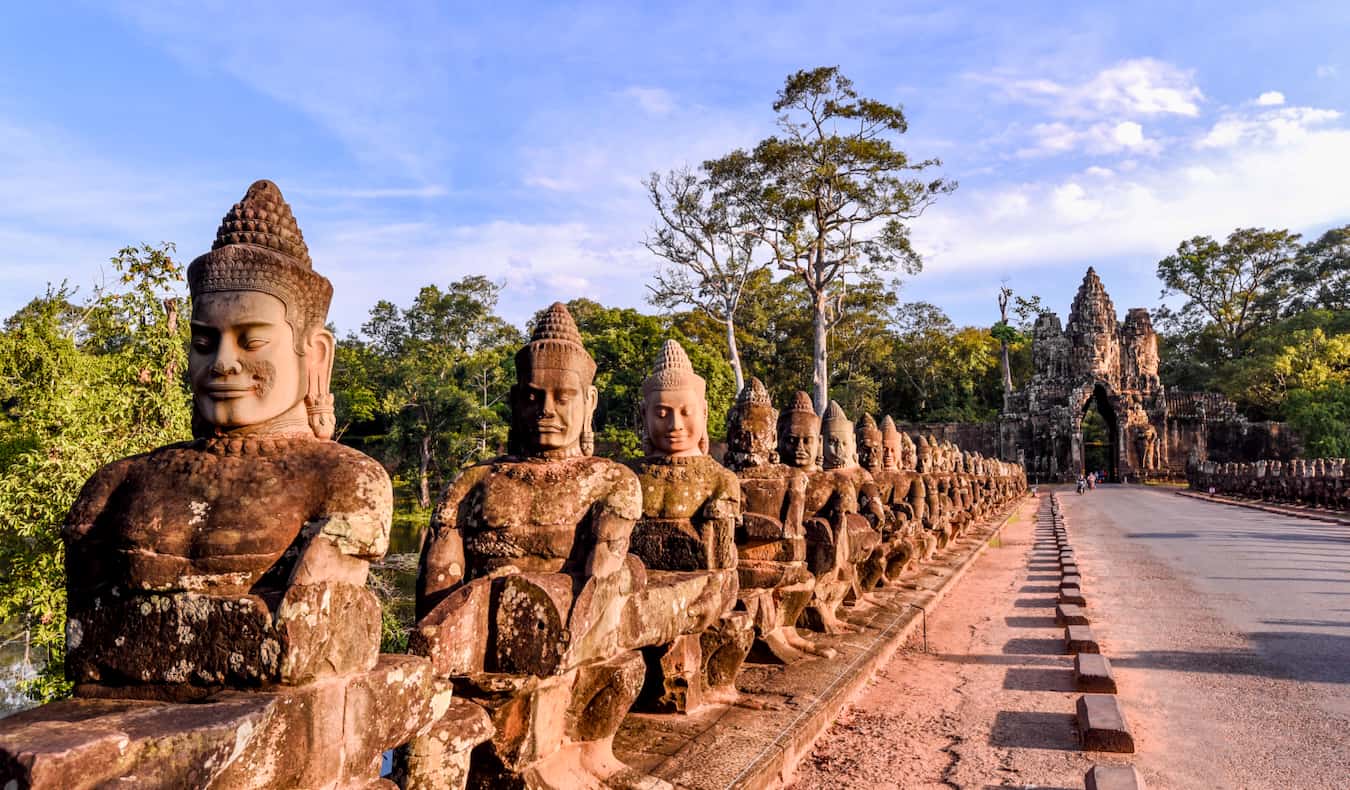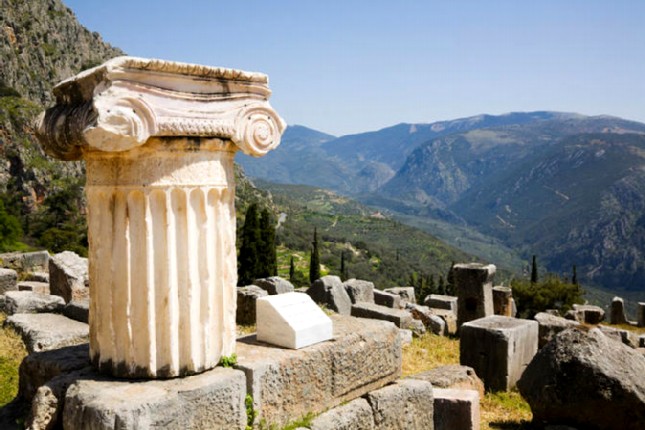Historic Journeys: Exploring World Heritage Sites and Ancient Ruins
 World Heritage Sites, designated by UNESCO, represent the pinnacle of cultural and natural landmarks across the globe.
World Heritage Sites, designated by UNESCO, represent the pinnacle of cultural and natural landmarks across the globe.
These sites are not only treasures of human civilization but also symbols of the natural world's splendor.
The importance of these sites lies in their historical, architectural, and cultural significance, which has shaped our collective heritage. Exploring these sites offers a profound connection to the past, providing a tangible link to the lives, achievements, and stories of our ancestors.
Among the most renowned World Heritage Sites is the Great Wall of China, an awe-inspiring testament to human ingenuity and perseverance. Stretching over 13,000 miles, this ancient fortification was constructed over centuries to protect Chinese states from invasions. Walking along its rugged pathways, one can't help but marvel at the sheer scale and ambition of this engineering marvel.
In Europe, the ancient city of Rome stands as a monumental testament to the grandeur of the Roman Empire. The Colosseum, a colossal amphitheater, and the Roman Forum, the heart of ancient Rome, are must-visit sites that evoke the splendor and might of a civilization that once dominated the known world. The architectural and engineering feats of the Romans continue to influence modern design and construction.
Africa boasts the Pyramids of Giza in Egypt, perhaps the most iconic ancient ruins in the world. These monumental tombs, built for the Pharaohs, have stood for over 4,500 years. The precision and complexity of their construction continue to baffle historians and engineers alike, and they remain a testament to the advanced knowledge and skills of ancient Egyptian society.
Ancient Ruins: Echoes of Forgotten Civilizations
 Ancient ruins, scattered across the globe, offer a glimpse into the lives of civilizations long gone. These remnants of the past are not merely stones and structures; they are stories etched into the earth, waiting to be discovered and understood.
Ancient ruins, scattered across the globe, offer a glimpse into the lives of civilizations long gone. These remnants of the past are not merely stones and structures; they are stories etched into the earth, waiting to be discovered and understood.
Each ruin tells a unique tale of the rise and fall of empires, the evolution of societies, and the enduring legacy of human achievement.
In the Americas, Machu Picchu in Peru stands as a breathtaking relic of the Inca Empire. Perched high in the Andes Mountains, this 15th-century citadel was a sophisticated urban center complete with temples, terraces, and aqueducts.
The site's remote location and architectural brilliance make it a remarkable testament to Inca ingenuity and spirituality.
The Middle East is home to Petra in Jordan, an ancient city carved into red sandstone cliffs. Once a thriving trade hub and the capital of the Nabataean Kingdom, Petra's intricate tombs and temples reflect the wealth and cultural exchange of its time. Walking through the narrow Siq to the iconic Treasury is a journey back in time to a city that once connected various ancient civilizations.
Asia offers the mystical Angkor Wat in Cambodia, the largest religious monument in the world. Originally constructed as a Hindu temple dedicated to Vishnu, it later became a Buddhist temple.
The sprawling complex, with its intricate bas-reliefs and towering spires, embodies the zenith of Khmer architecture and serves as a powerful symbol of Cambodian heritage.
Preserving the Past: Challenges and Efforts
 The preservation of World Heritage Sites and ancient ruins is a complex and ongoing challenge. These sites face numerous threats, including environmental degradation, urbanization, tourism pressure, and political instability. Preservation efforts are crucial to maintaining these irreplaceable links to our past for future generations to appreciate and learn from.
The preservation of World Heritage Sites and ancient ruins is a complex and ongoing challenge. These sites face numerous threats, including environmental degradation, urbanization, tourism pressure, and political instability. Preservation efforts are crucial to maintaining these irreplaceable links to our past for future generations to appreciate and learn from.
Climate change poses a significant threat to many heritage sites. Rising sea levels, increased temperatures, and changing weather patterns can cause irreparable damage to structures that have stood for millennia. For instance, the ancient city of Venice, Italy, is grappling with frequent flooding, threatening its architectural integrity and cultural heritage.
Urbanization and infrastructure development can encroach upon heritage sites, leading to their degradation or destruction. The construction of highways, buildings, and other modern infrastructure often conflicts with the need to protect and preserve historical sites. Balancing development with preservation requires careful planning and a commitment to safeguarding our cultural heritage.
Tourism, while beneficial for raising awareness and generating revenue for preservation, can also be a double-edged sword. The influx of visitors can lead to physical wear and tear, pollution, and alterations to the site's environment. Effective management strategies, including visitor education, controlled access, and sustainable tourism practices, are essential to mitigate these impacts.
The Role of Technology in Heritage Preservation
Advancements in technology have revolutionized the way we study, preserve, and interact with World Heritage Sites and ancient ruins. From high-resolution imaging to 3D modeling, technology offers innovative solutions to document, analyze, and protect these invaluable cultural assets.
Laser scanning and photogrammetry are among the cutting-edge techniques used to create detailed digital replicas of heritage sites. These digital models enable researchers to study the sites in unprecedented detail, identifying structural weaknesses, mapping erosion patterns, and planning restoration efforts. For instance, the iconic statues on Easter Island have been digitally documented to aid in their preservation against natural and human-induced threats.
Drones and remote sensing technology provide aerial perspectives and access to hard-to-reach areas, facilitating comprehensive surveys and monitoring. In the dense jungles of Central America, drones have revealed previously unknown Mayan structures, shedding light on the extent and complexity of ancient civilizations. Similarly, remote sensing has uncovered hidden chambers within Egypt's pyramids, offering new insights into their construction and purpose.
Virtual reality (VR) and augmented reality (AR) have transformed the way we experience and engage with heritage sites. VR allows users to immerse themselves in a 360-degree reconstruction of ancient sites, providing an interactive and educational experience from anywhere in the world.
AR applications can enhance on-site visits by overlaying historical information and visualizations onto the real-world environment, enriching the visitor experience and deepening understanding.
Conclusion
Exploring World Heritage Sites and ancient ruins is more than a journey through history; it is an exploration of the human spirit and our shared heritage. These sites stand as testaments to the creativity, resilience, and ingenuity of our ancestors.
As we marvel at the Great Wall of China, wander through the ruins of Petra, or gaze upon the Pyramids of Giza, we are reminded of the enduring legacy of human civilization.
Preserving these sites for future generations requires a concerted effort from governments, organizations, and individuals. Through innovative technology, sustainable tourism practices, and a commitment to safeguarding our cultural heritage, we can ensure that these irreplaceable treasures continue to inspire and educate for centuries to come. The stories etched into these ancient stones are our stories, and it is our responsibility to preserve them for the future.
References
- UNESCO World Heritage Centre
- The Great Wall of China
- Rome's Colosseum
- Machu Picchu
- Petra, Jordan
- Angkor Wat
- Venice and Climate Change
- Easter Island Digital Preservation
- Drones Reveal Mayan Structures
- Virtual Reality in Heritage Preservation


















